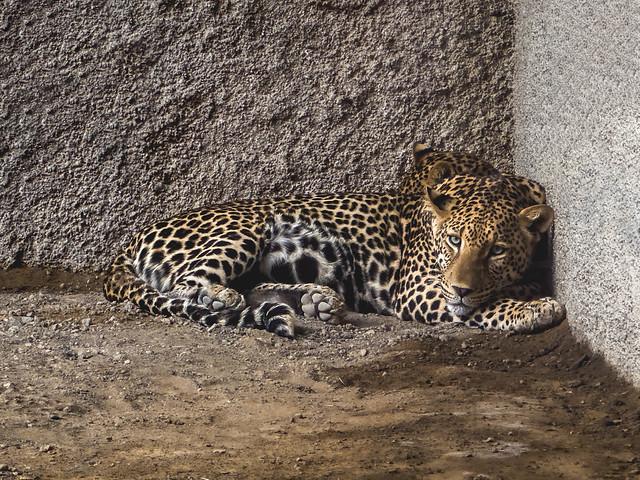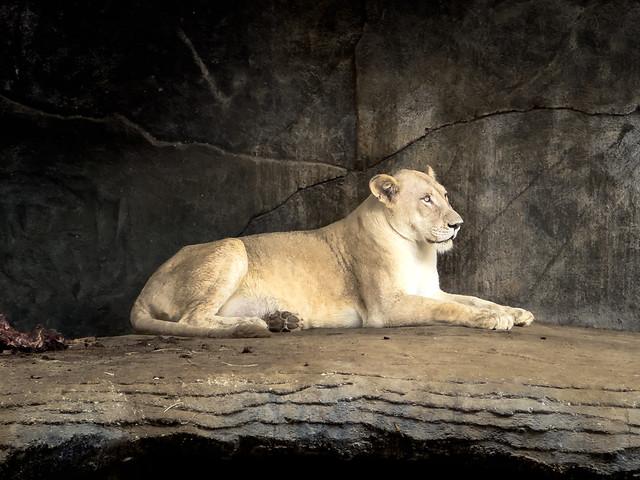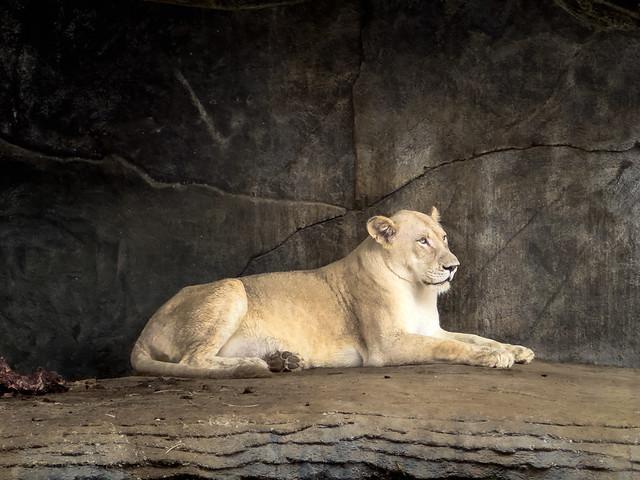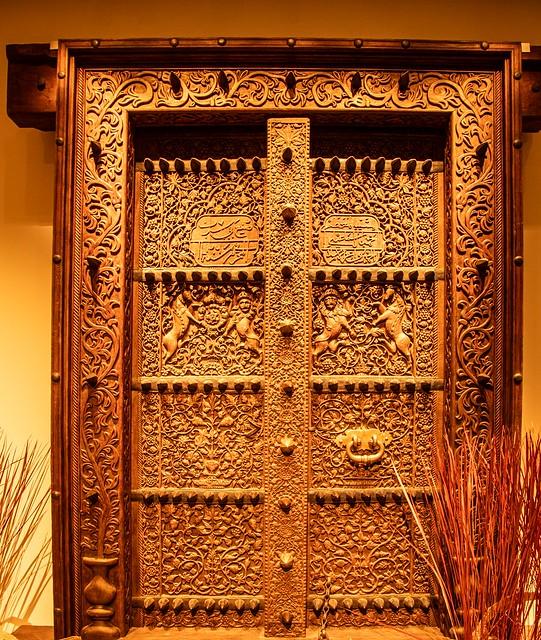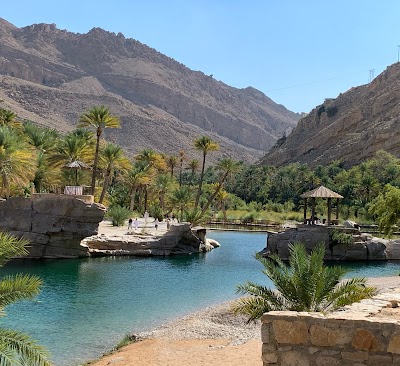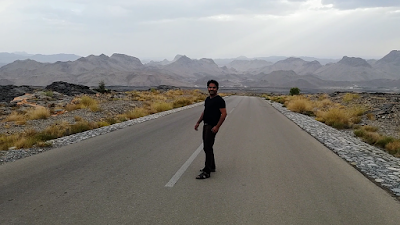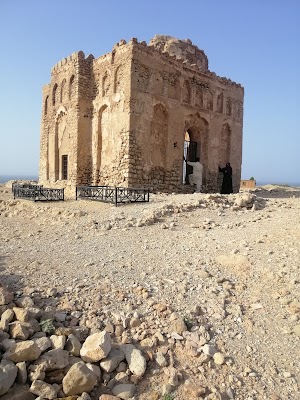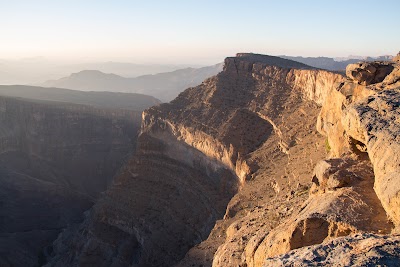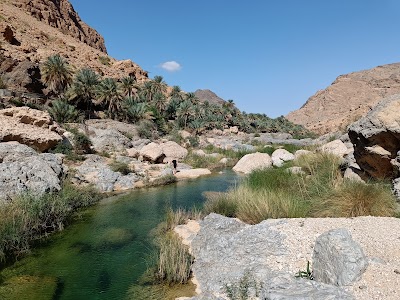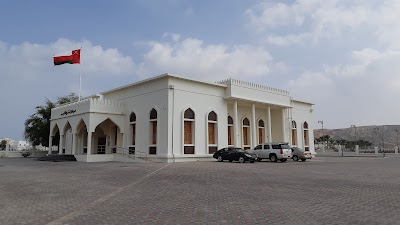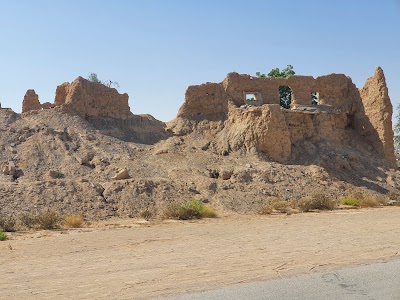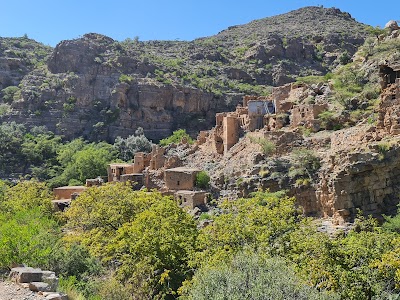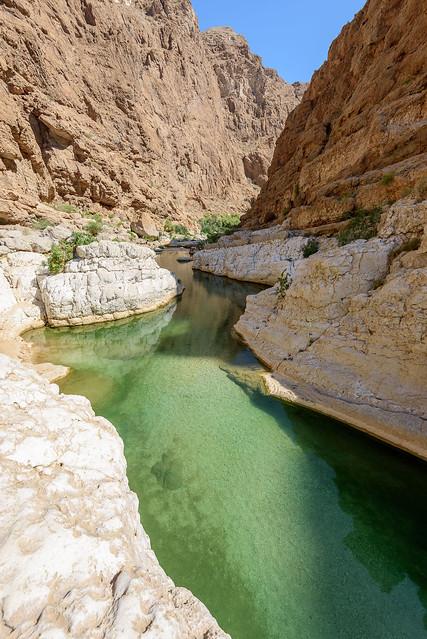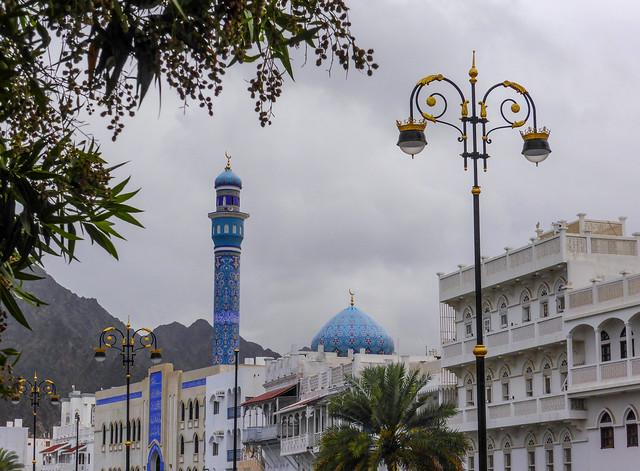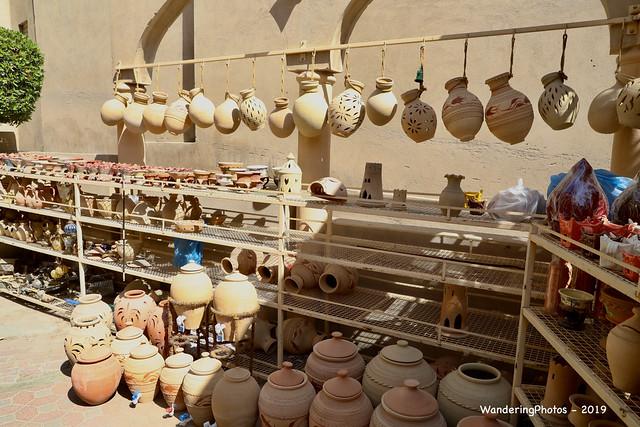Ash Sharqiyah North
Overview
Ash Sharqiyah North is a captivating region of Oman that offers a blend of stunning natural landscapes and rich cultural heritage. This area is known for its diverse environments, from the sun-kissed shores along the Arabian Sea to the rugged terrains and sweeping dunes of the Wahiba Sands. Each town and village in Ash Sharqiyah North has its unique charm, often reflected in traditional markets, local crafts, and distinct architectural styles. The culture is deeply rooted in Bedouin traditions, and visitors will find a warm, hospitable reception from locals, alongside an opportunity to experience traditional Omani life through music, cuisine, and daily customs.
The best time to visit Ash Sharqiyah North is during the cooler months from October to April when the climate is more temperate, making it ideal for exploring the outdoors. This period is considered the high season for tourism, as the weather is perfect for a variety of activities. Tourists can enjoy camel rides, overnight camping in the desert under starlit skies, and thrilling 4x4 drives across the dunes. Additionally, the coast offers opportunities for snorkeling, fishing, and relaxing on beautiful beaches. Cultural festivals and events, which often take place during this season, provide deeper insight into the local traditions and lifestyles.
Before traveling to Ash Sharqiyah North, it's essential for visitors to prepare adequately to ensure a comfortable and enjoyable trip. First, obtain a valid visa, which can typically be done online through Oman's eVisa system. Packing should include light, breathable clothing for the day and warmer layers for cooler desert nights. Sun protection is crucial—bring sunscreen, sunglasses, and a hat. It's also advisable to carry a reusable water bottle to stay hydrated. Learning a few basic phrases in Arabic can be helpful in enhancing communication with local residents, although many people speak English. Lastly, respecting local customs and dress codes will enrich the experience and foster positive interactions with the community.
How It Becomes to This
History not available
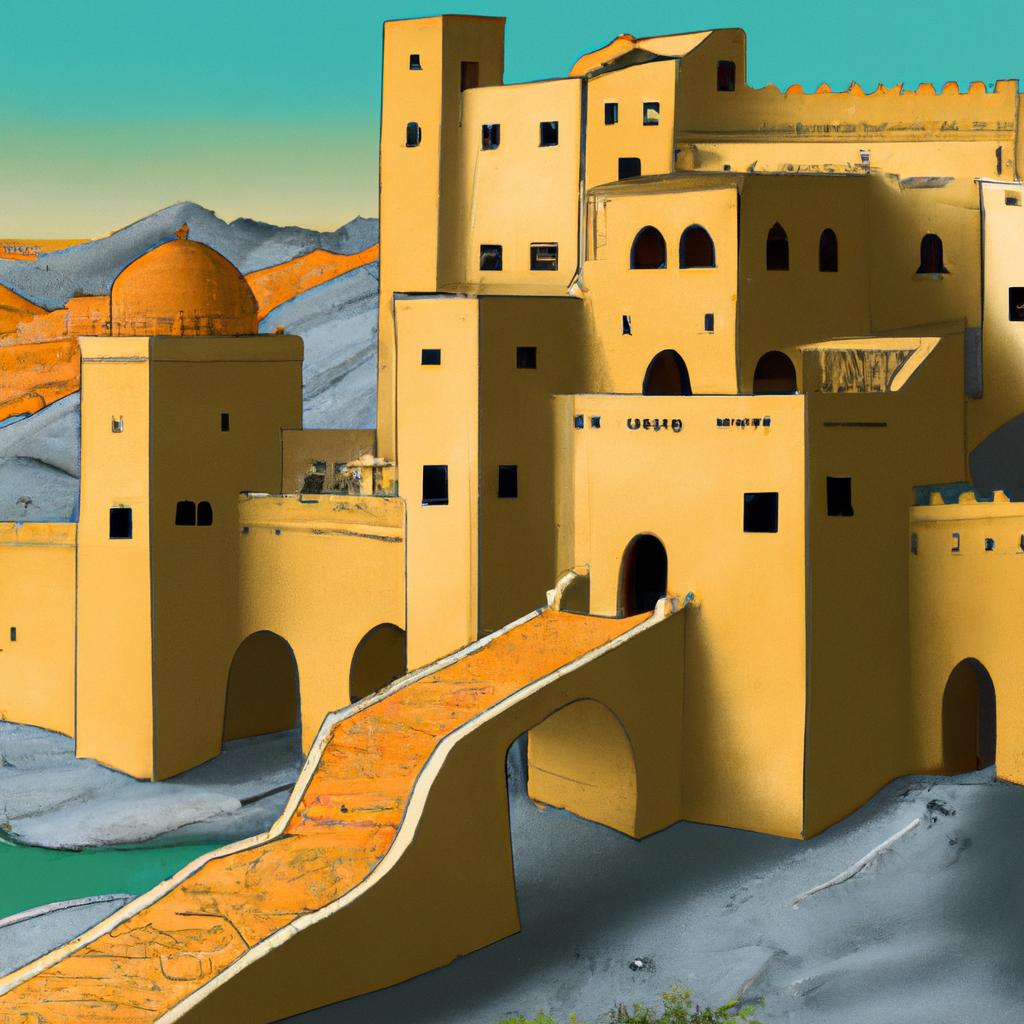
Places in Ash Sharqiyah North
Explore the most popular attractions and landmarks
You May Like
Explore other interesting states in Oman


